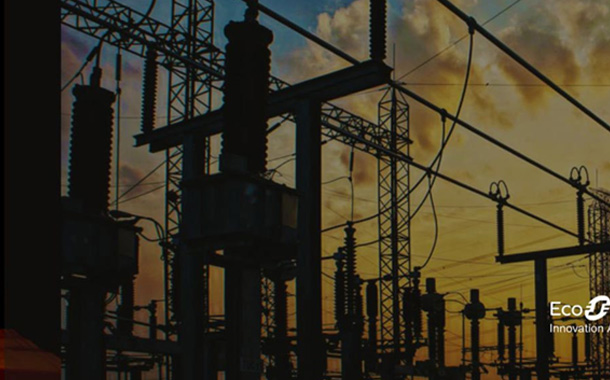Leverages disruptive technologies to help utilities operate in the ‘New World of Energy’
In a bid to strengthen its commitment towards efficient, sustainable, and reliable energy, Schneider Electric, the global specialist in energy management and automation, made available its digital architecture, EcoStruxure Grid today in Jaipur. The platform utilizes disruptive technology to generate higher efficiency within utilities. The architecture is an open IoT-enabled framework for digital transformation of distribution utilities. EcoStruxure leverages the IT/OT convergence, thereby ensuring higher efficiency in grid operations, enabling overall digital transformation and optimal asset management.
Prakash Chandrakar, Vice President, Energy Business, Schneider Electric India, said, “The challenges related to power in India mostly come from its distribution. These can be addressed through digitization, which offers tremendous opportunities for improving the quality and efficiency of power distribution. The EcoStruxure for grid drives greater energy and process optimization by leveraging IoT and cloud capabilities combined with automation, software & analytics, leading to optimal efficiency from power discoms. This makes the energy value chain more intelligent. At Schneider Electric, our endeavor is to make a meaningful contribution towards the state government’s mission of achieving uninterrupted and quality power supply.”
Owing to rapid urbanisation, the state of Rajasthan has witnessed a quantum jump in demand for power from various segments of the society. Speaking at occasion, Sanjay Malhotra, Energy Secretary, Chairman and MD of Rajasthan Rajya Vidyut Prasaran Nigam stated, “The demands of the government and that of the consumer from us [PSEC Energy] should be no different, the perceptions or tangible outcomes, however, may vary. Our objective is to provide reliable 24×7 good quality and cost-effective power to each and every consumer. Moreover, reducing process time and cost for discoms are also our primary goals.”
Schneider Electric is currently working with various state discoms to provide digital technologies for the grid. Last year, the company commissioned a SCADA-DMS project for the Bihar Power Distribution Company that helped the state utility reduce its overall costs by curbing power theft and losses, reduce unscheduled downtimes, improve customer usage mapping, detecting faults at a faster pace, and gaining capabilities to scale up to meet increasing power demand.
Schneider Electric’s EcoStruxure architecture and platform enables the ability to create an interoperable and open platform that is IoT enabled. It enables assets across the grid to be managed proactively. This means that companies will be able to achieve improved efficiency and cost optimization. Data will be accessible in real time, enabling the ability to resolve critical issues and increase customer satisfaction by proactively managing issues that arise across the grid.
According to a white paper released by Schneider Electric on the need for digitization in the power sector in association with IDC, IoT, analytics and cloud capabilities are important elements for utilities seeking to monitor and control equipment across the network of assets and to manage their grid environment. IDC’s research shows that amongst Indian utilities organizations, cloud platforms for data management, IoT and utilization of data within 3D visualizations are particular priorities for organizations looking at new areas of technology investment. The research outlines the focus that Indian utilities have placed on operational efficiency to improve their financial position, with improving efficiencies and reducing costs figuring as their top two priorities in the next 12-18 months. Manual distribution processes, insufficient infrastructure, and lack of real-time information are some of the other challenges that are in turn resulting in delayed revenue realization, poor operating efficiency, and high operating costs, the study revealed.
According to the IDC survey, 64% of Indian utility companies cited the digitizing of manual or paper processes as one of the biggest drivers for people, process and technology transformation within their organizations. Organizational flexibility and agility is also an issue, with 68% of respondents stating their desire to create a more agile organization as the top driver behind their IT investments.


